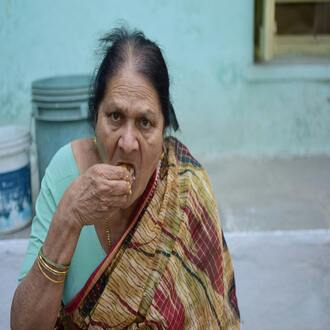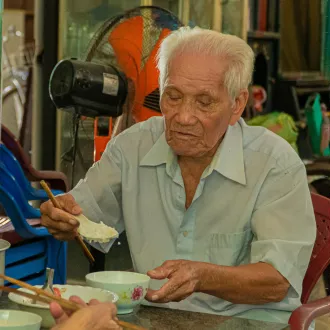Transcription Osteoporosis
Osteoporosis is a medical condition that affects bone density and bone quality, and is a health problem that can be especially relevant in the elderly. In this session, we will explore in detail osteoporosis in the elderly, its causes, risks, how it can be prevented and treated, as well as its impact on quality of life.
Causes of Osteoporosis in Older Adults
Aging: Natural aging of the body over the years leads to a decrease in bone density.
Genetic Factors: Genetic predisposition plays an important role in susceptibility to osteoporosis, and older people with a family history are at greater risk.
Hormones: Decreased sex hormones at menopause (for women) and reduced testosterone production (for men) may contribute to bone loss.
Lifestyle: Lifestyle factors, such as lack of physical activity, a diet deficient in calcium and vitamin D, smoking, and excessive alcohol consumption, may increase the risk of osteoporosis.
Risks Associated with Osteoporosis in the Elderly
Bone Fractures: Osteoporosis weakens bones, which significantly increases the risk of fractures, especially in the hip, spine and wrist.
Pain and Disability: Fractures and bone loss can cause chronic pain and functional disability, affecting quality of life in the elderly.
Reduced Height: Loss of height due to vertebral fractures can be a consequence of osteoporosis.
Limitation of Mobility: Fractures can limit the ability of older people to move and increase dependency.
Prevention of Osteoporosis in Older Adults
Healthy Diet: A balanced diet rich in calcium and vitamin D is essential to maintain bone health. Dairy products, green leafy vegetables and fortified foods are adequate sources.
Physical Activity: Regular exercise, including resistance training and balance training, can help strengthen bones and prevent bone density loss.
Avoid Tobacco and Alcohol: Tobacco and excessive alcohol consumption can increase the risk of osteoporosis,
osteoporsis




